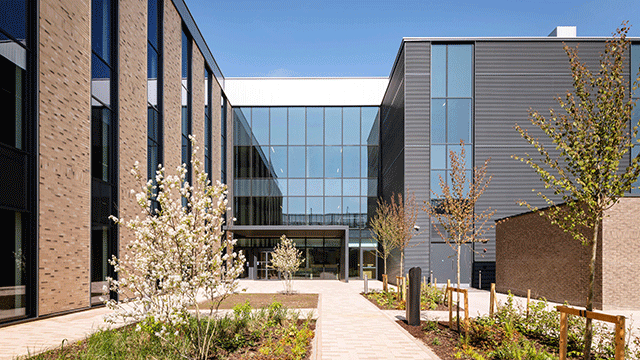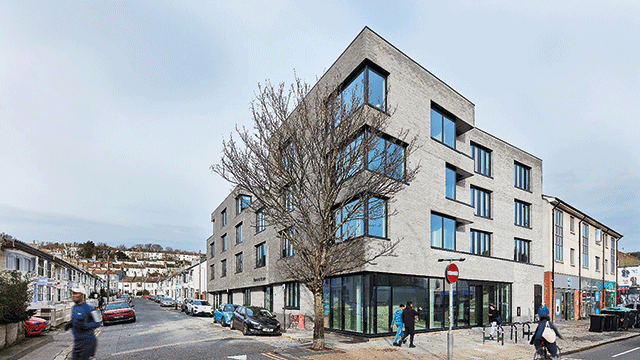I don’t think anyone will disagree with me saying that it’s been an extraordinary year for retail. Clearly, we are in the midst of the storm, with economic and Brexit-related issues adding to the huge structural change playing out in the industry. There is no doubt the tectonic plates are shifting and the retail landscape is being redrawn, but we’d do well to step back from the headlines to examine what’s really happening.
For the last 50 or 60 years, retailers expanded their physical footprint as it was the main way to reach consumers and grow market share. Life is obviously very different now and brands are adapting, at various speeds, to the fact that consumers want to choose how they shop. Online shopping has become established from a consumer perspective, having been with us for nearly 20 years, surging post-2007 with the release of the first iPhone. Some retailers have failed to respond, some are making the difficult transition, and some have been agile and are now seeing the benefits.
The headlines focus on those that have failed or need radical action to survive but when we look back there have always been retailers that have struggled and new brands that have emerged. It’s hard to imagine now but 20 years ago in the UK there were no Apple Stores, only one Zara, no Tesco Extra, no White Company… the list goes on. Brands fading and being replaced is nothing new in retail.
So where could retail be heading? Well, the UK is already a relatively mature online market: our online penetration of total sales is around 20%, second globally only to China. Even if we assume for a moment that online sales double, a far more aggressive scenario than consensus, it still means that 60% of sales will be made in store. However, we all know it’s not as black and white as that, and that in an omnichannel world the digital and physical worlds merge from a consumer’s perspective and support each other.
Where we’re headed is a further review of what the optimal store network is, the role it performs and new ways of looking at its value. For example, stores are now being used for fulfilment, which aids some of the costs of online delivery, particularly when we look at high density areas. Zara’s announcement this summer that it will ship from store in 2,000 locations globally is a sign that it sees the benefit in this. With predictions from GlobalData that click and collect will soon account for 14% of total online spend, there’s something to be said for shops becoming more powerful than sheds.
There is no doubt that moving into this new era will be painful from an industry perspective. We are supposedly a nation of shopkeepers but in terms of the total volume of space, we are at a peak with far more than we need; some will go through lease expiry, some unfortunately through retailer failure. This reduction in the number of shops may feel drastic for some towns and centres but it’s not all doom and gloom. In fact, it offers a great opportunity for town and city centres to bring in new uses to support a strong sense of community. Arguably we’ve been too reliant on retail and a mix of uses will better suit our modern lifestyles. What is clear is that as we go through this process the negative headlines will continue to make it difficult to see the facts; it’s worth bearing in mind that consumer spend has not actually dropped off a cliff this year.
Having fewer stores will mean that the ‘optimal footprint’ is even more important than ever. We need great retailers in this country, but we also need great owners to work with them. Physical places, which support online and offer people experiences to bring them together, have a very real future. It is possible for forward-thinking brands and landowners to navigate this difficult shift. It’s not going to be easy and we’ll continue to see polarisation across the market, but retail has a bright future.
What’s become apparent is that owners and retailers need to collaborate to deliver the best quality retail space. The most profitable stores will be in places that are convenient, offer a variety of reasons to visit and provide consistently great experiences to customers. These are key to the long-term success of the industry, so while next year may bring some more tough days, we should all do our best to keep the debate balanced.
Darren Richards is deputy head of retail at British Land











